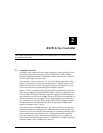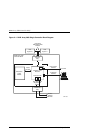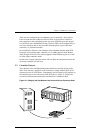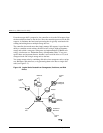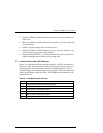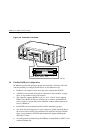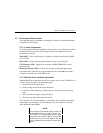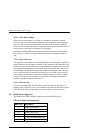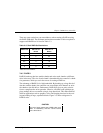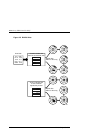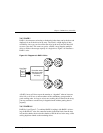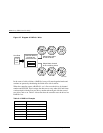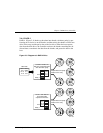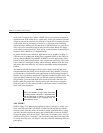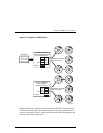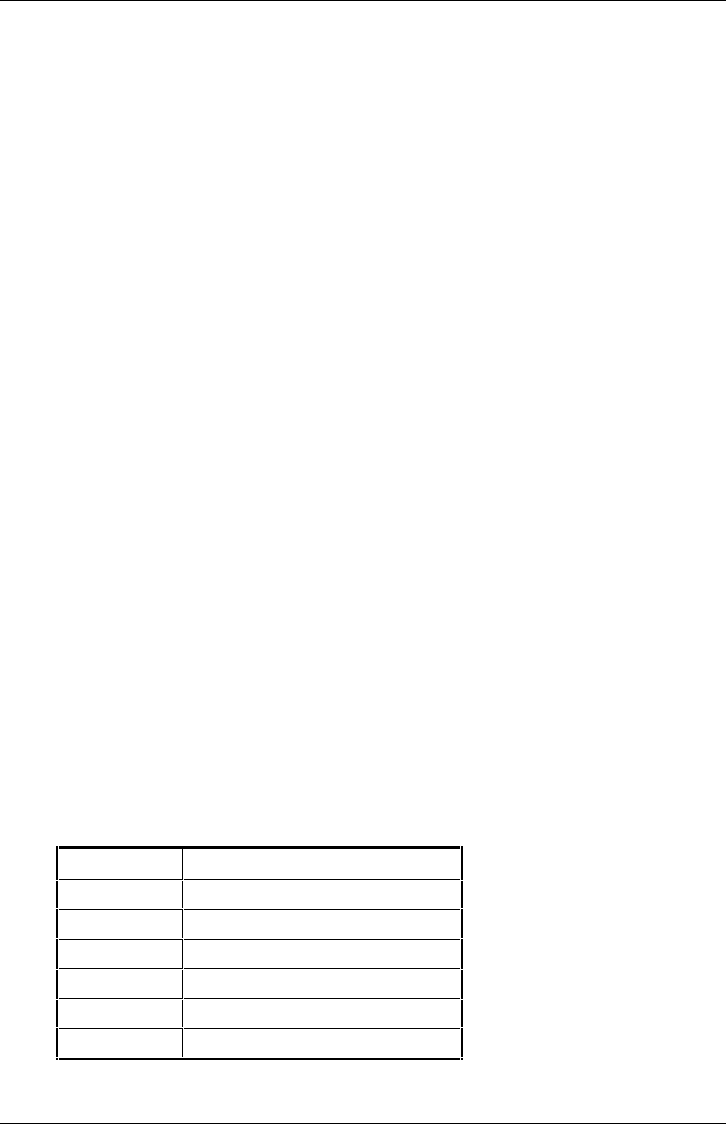
RAID Array 3000 Controller Shelf
2–8 EK–SMCPQ–UG. C01
2.5.2.1 Write-Back Caching
When the host sends data to be written to a redundancy group the controller
stores the data in its cache and immediately reports to the host it has completed
the write. The controller eventually writes the data to the disk drives when the
write can be done most efficiently, or when the controller must flush the cache to
make room for other data or to prepare for a shutdown.
Write-back caching makes the host more responsive to the user, since the host
does not have to wait for a lengthy RAID write before proceeding to another
task.
2.5.2.2 Write Gathering
The controller will attempt to consolidate multiple writes destined for contiguous
blocks and then write the entire data block in one operation. The controller stores
the data in cache until it performs the write. Ideally, the controller will wait until
it has gathered enough data to fill an entire stripe. This enables the controller to
avoid reading from the parity and data drives before making the write. All it has
to do is calculate parity from the data it already has in its cache, then write the
data and parity to the drives. Even if the controller cannot accumulate enough
data to fill a stripe, the consolidation of small writes can reduce the number of
read/write operations that must take place.
2.5.2.3 Write On Top
If the host commands that data be written to disk, and data for that address is
pending in the controller’s cache, the controller writes the new data on top of the
old in the cache. Only the new data is eventually written to the disk drives.
2.6 RAID Levels Supported
The RAID Array 3000 controller supports the following RAID levels:
Table 2–2 RAID Levels Supported
RAID Level Description
0 Striping without parity
1 Mirroring
0+1 Striping and mirroring
4 Striping with fixed parity drive
5 Striping with floating parity drive
JBOD “Just a Bunch of Drives”




